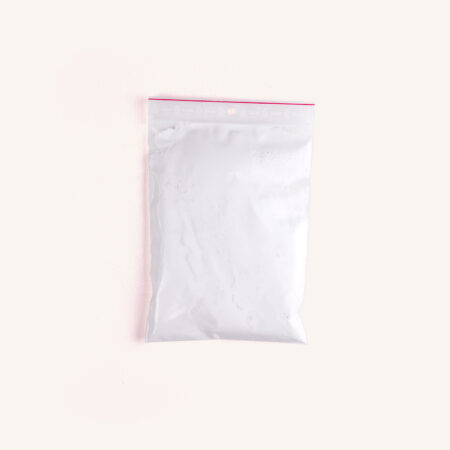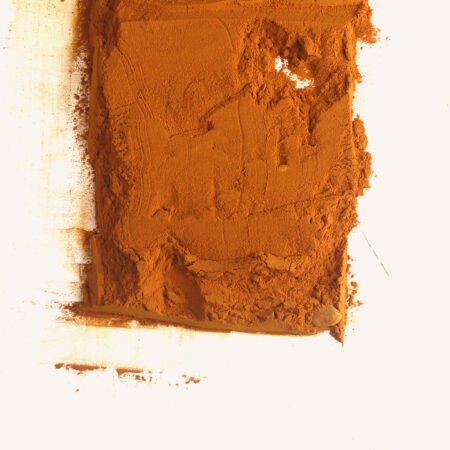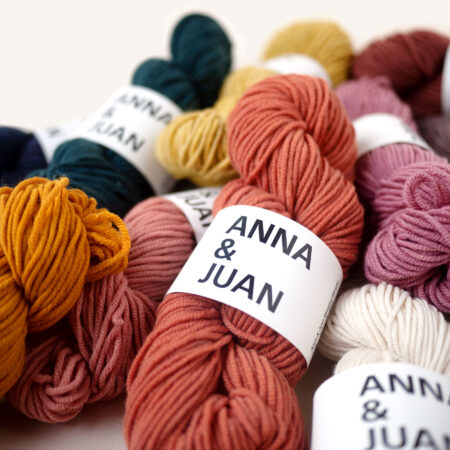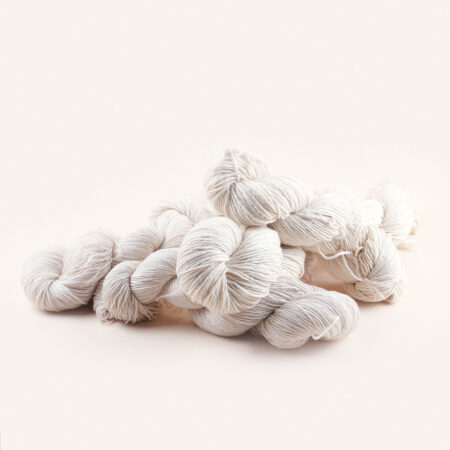Description
Natural dyes offer an amazingly wide and bright palette and, with the right precautions, are an environmentally friendly alternative to acid-based dyes. They usually form good chemical bonds with the textile fibres – especially of animal origin, but also of plant origin – or the mordants applied to them and are therefore mostly very resistant to washing and light. Recipes for the use of mordants, natural dyes and extracts can be found here.
Extract versus powder:
Powders are made from dried, crushed materials. Before dyeing, the colourants have to be extracted. With extracts, this has already been done – similar to instant coffee: They can be dissolved directly in water. Advantage of extracts: Smaller quantities are needed and and one work step is not required. Advantage of powders: They are usually cheaper.
Safety data sheet “Indian Madder Extract” (PDF, 162 KB)
Hazard statement(s):
Not classified as hazardous according to the GHS / CLP guidelines.
Despite missing H and P phrases: Do not inhale dusts. In aqueous solution: Do not inhale vapours and aerosols, avoid eye splashes and skin contact. Ensure good ventilation when working. Wear protective gloves / eye protection / respiratory protection (FFP2 / FFP3 standard) if necessary. Keep away from children and pets.







